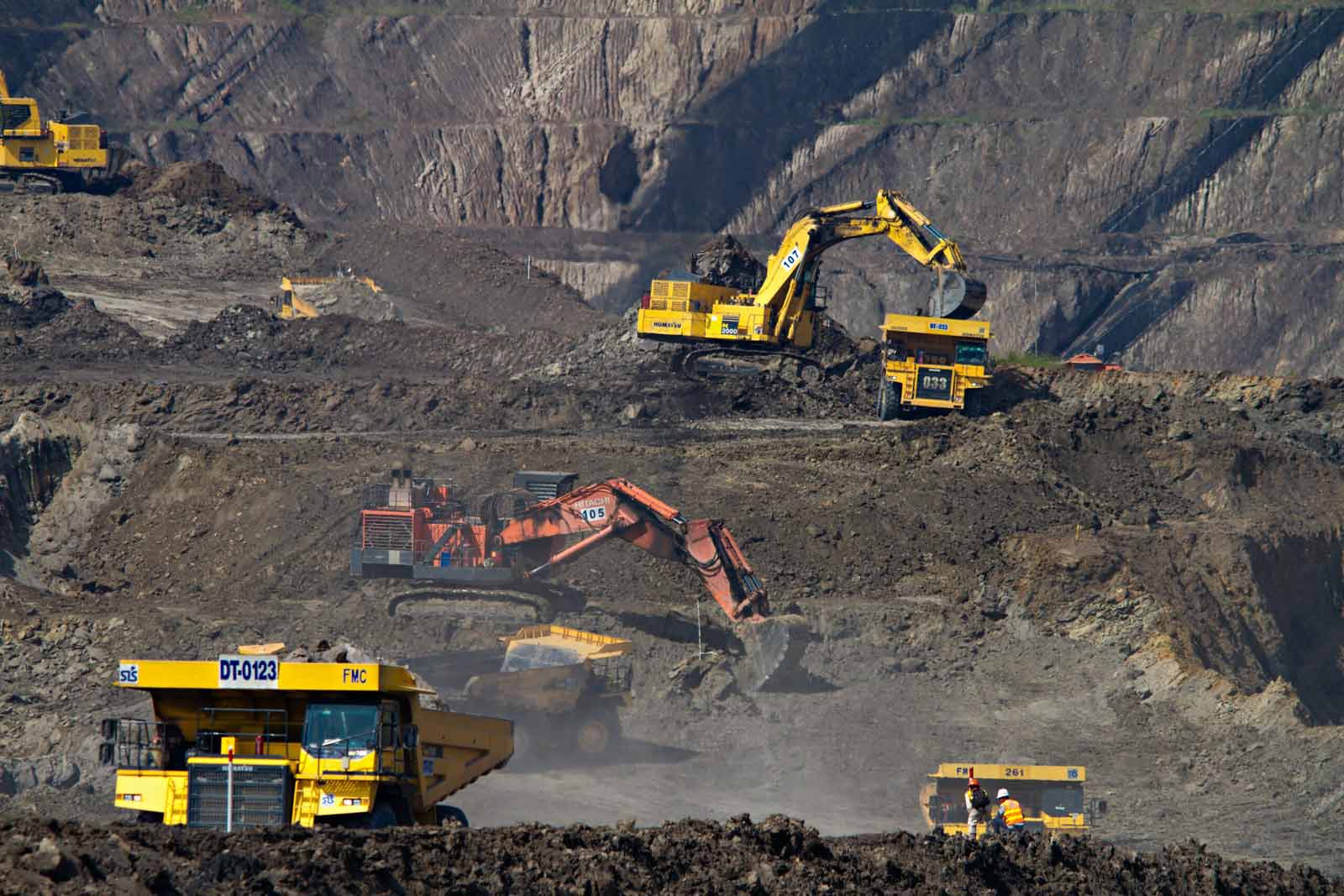-
Url copied to clipboard.
Mining companies in Australia are only too aware of the inherent risks in their industry – when something goes wrong, seconds count in often life-threatening scenarios. With rigorous safety systems and processes, companies also typically employ highly experienced emergency and incident response personnel who are well-rehearsed and trained to respond to a variety of surface and underground emergencies. Safety is drilled in to personnel at pre-start and toolbox meetings, and any incident, no matter how small, must be reported and investigated.
With such safety measures, the fatality rate in the mining industry has decreased by 65% over the past decade. But with an average of 9 workers dying each year, mining still has one of the highest rates of fatalities of any industry (Safe Work Australia). Apart from catastrophic equipment failure, severe injury and deaths on mine sites usually occur when safe work practices have either been ignored or have not been put in place.
Who is ultimately responsible for safety?
While all personnel are responsible for safety, it is ultimately the Site Senior Executive or Senior Mining Manager who hold the legal responsibility for the actions of the business. ‘Mining companies need to be aware of safety “blind spots”,’ says Nick Rutten, Senior Manager with RiskLogic’s resilience team. ‘With the best trained safety response team, and modern electronic communication tools, there is a risk that mine management will be lulled into a sense of complacency that the situation is under control.’
Timely communications from the emergency or incident management response team to site management and senior management teams is critical for sound decision making. ‘The information also needs to be received in a predictable way, using terminology that is familiar to everyone in the organisation,’ says Nick Rutten. ‘For sound business decision making, uniform processes also need to be in place, regardless of the specific site experiencing the emergency. Following accurate assessment of the severity of the situation, there needs to be a clear escalation process through site management to senior leadership. Post incident, there needs to be a review and sharing across the business of lessons learnt.’
The safety of workers in a mining environment depends upon many interrelated factors, including knowledge of the dynamic, the ever-changing environment, the ability to recognise and respond to hazards, training, experience, and communication. No matter how rigorous the emergency or incident response plan, companies must address potential safety blind spots and be ever vigilant for complacency or communication blocks between the incident response and management teams.
For help with incident management for your organisation, contact RiskLogic today on 1300 731 138.




